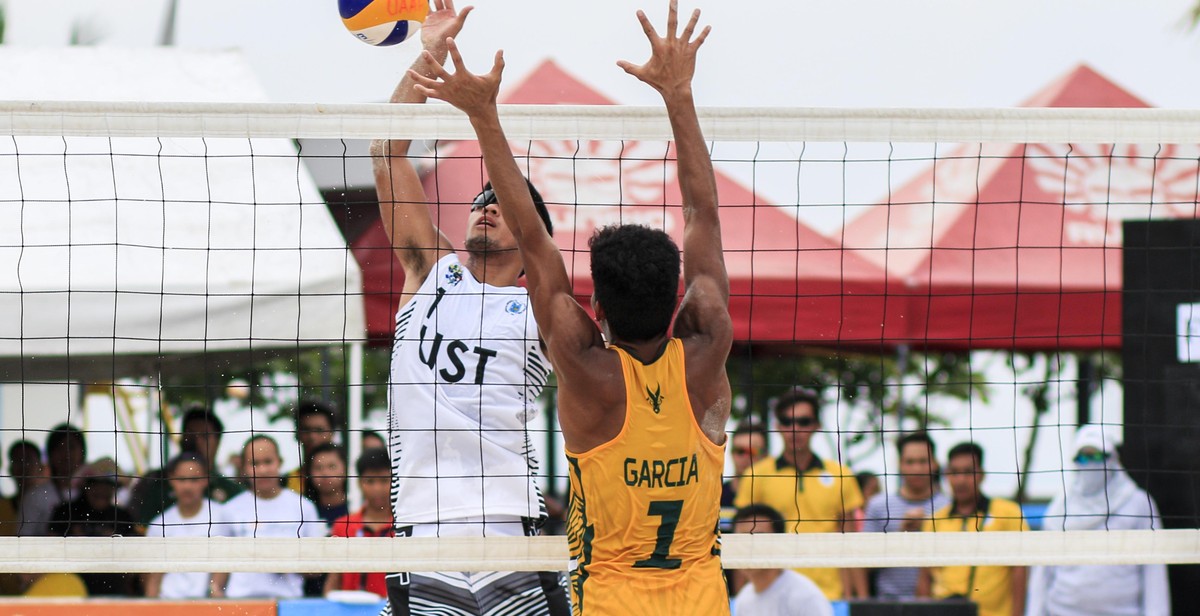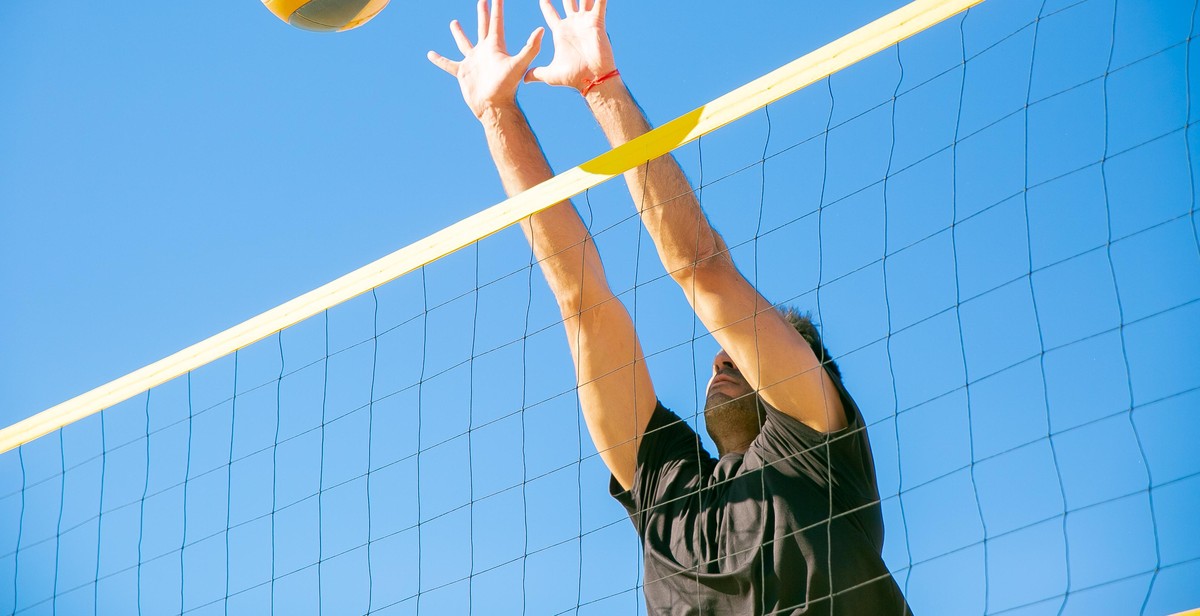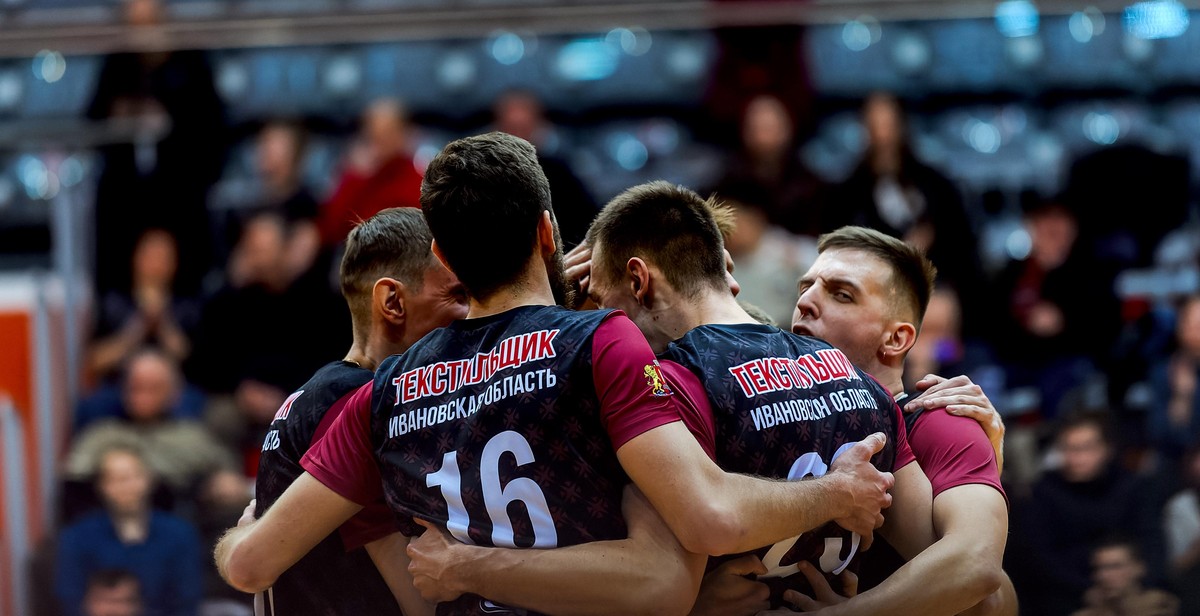How to Bump a Volleyball: Fundamentals and Drills for Solid Bumping Technique
As a volleyball player, I know the importance of having a strong bumping technique. Bumping is a fundamental skill that is essential for players of all levels. It is the foundation of the game and sets the tone for the rest of the play. A solid bump can make the difference between a successful point and a lost opportunity.
In this article, I will be sharing my personal experience and knowledge on the fundamentals of bumping and drills that can help you improve your technique. Whether you are a beginner or an experienced player, this guide will provide you with the necessary tools to take your bumping game to the next level.
Fundamentals of Bumping
The bump, also known as the forearm pass, is a basic skill that involves using your forearms to pass the ball to your teammate or over the net. The key to a successful bump is to have a solid foundation and proper technique.
- Start by standing with your feet shoulder-width apart and your knees slightly bent.
- Hold your arms in front of you with your elbows bent and your hands clasped together.
- As the ball approaches you, move your arms forward and contact the ball with the flat part of your forearms.
- Keep your wrists firm and your arms straight as you make contact with the ball.
- Follow through with your arms and direct the ball to your target.
Bumping Drills
Drills are a great way to improve your bumping technique. Here are some of my favorite drills:
| Drill | Description |
|---|---|
| Wall Passes | Stand in front of a wall and pass the ball back and forth using only your forearms. |
| Partner Passes | Stand facing your partner and pass the ball back and forth using only your forearms. |
| Three-Person Passes | Stand in a triangle formation with two other players and pass the ball back and forth using only your forearms. |
By practicing these fundamentals and drills, you can improve your bumping technique and become a more effective player on the court.

Fundamentals of Volleyball Bumping
Bumping is one of the most fundamental techniques in volleyball. It involves using the forearms to pass the ball to a teammate or over the net. To execute a successful bump, you need to have proper body positioning, hand placement, and footwork.
Proper Body Positioning
When bumping a volleyball, your body should be in a low and balanced position. Stand with your feet shoulder-width apart and your knees bent. Keep your weight evenly distributed on the balls of your feet. Your shoulders should be relaxed, and your arms should be extended in front of you.
Make sure your body is facing the direction of the ball. Avoid turning your body to the side, as it can affect your accuracy and power.
Hand Placement
Your hand placement is crucial in executing a successful bump. Your arms should be straight and parallel to each other, forming a flat surface with your forearms. Your hands should be open, with your palms facing up and your fingers spread apart.
Make sure to keep your wrists firm and your elbows locked. This will help you absorb the impact of the ball and control its direction.
Footwork
Footwork is essential in bumping a volleyball. As the ball approaches you, take a step forward with one foot and shift your weight onto that foot. This will help you generate power and control the direction of the ball.
As you make contact with the ball, transfer your weight onto your back foot. This will help you maintain your balance and follow through with your arms.
Remember to keep your movements smooth and controlled. Avoid jumping or lunging for the ball, as it can affect your accuracy and balance.
Conclusion
By mastering the fundamentals of volleyball bumping, you can become a valuable asset to your team. Practice proper body positioning, hand placement, and footwork to improve your accuracy and power. With dedication and hard work, you can develop a solid bumping technique and take your game to the next level.

Drills for Improving Volleyball Bumping Technique
Improving your volleyball bumping technique requires consistent practice and drills that focus on developing the necessary skills. Here are some effective drills that can help you improve your bumping technique:
Wall Bumps
Wall bumps are one of the most effective drills for improving your bumping technique. Find a sturdy wall and stand a few feet away from it. Bump the ball against the wall, making sure to use proper form and technique. The wall will help you focus on your form and accuracy, allowing you to make adjustments as needed. Try to bump the ball against the wall as many times as you can without letting it hit the ground.
Partner Bumps
Partner bumps are another effective drill for improving your bumping technique. Find a partner and stand facing each other. Bump the ball back and forth, making sure to use proper form and technique. Focus on accuracy and consistency, and try to bump the ball without letting it hit the ground. As you become more comfortable with the drill, you can increase the speed and intensity of your bumps.
Passing Lines
Passing lines are a great way to practice bumping in a team setting. Line up with your teammates and pass the ball back and forth, making sure to use proper form and technique. Focus on accuracy and consistency, and try to bump the ball without letting it hit the ground. As you become more comfortable with the drill, you can increase the speed and intensity of your bumps.
| Player | Action |
|---|---|
| Player 1 | Bumps the ball to Player 2 |
| Player 2 | Bumps the ball to Player 3 |
| Player 3 | Bumps the ball to Player 4 |
| Player 4 | Bumps the ball to Player 5 |
| Player 5 | Bumps the ball to Player 1 |
Consistent practice with these drills can help you improve your volleyball bumping technique and become a more effective player on the court.

Common Mistakes to Avoid When Bumping a Volleyball
Lack of Focus
One of the most common mistakes when bumping a volleyball is lack of focus. It’s easy to get distracted when the ball is coming at you, but it’s important to stay locked in on the ball and anticipate its trajectory. Failing to do so can result in a mis-hit or a missed opportunity to bump the ball effectively.
Incorrect Body Positioning
Another mistake that many players make when bumping a volleyball is incorrect body positioning. Proper body positioning is essential for a successful bump. Your feet should be shoulder-width apart, with your knees slightly bent and your weight on the balls of your feet. Your arms should be in front of your body, ready to make contact with the ball. Failing to maintain the correct body positioning can result in a weak bump or a mis-hit.
Poor Hand Placement
Hand placement is another critical factor when it comes to bumping a volleyball. The ideal hand placement is to form a triangle shape with your thumbs and index fingers, creating a platform for the ball to bounce off of. Failing to maintain proper hand placement can result in the ball going off in the wrong direction or not traveling far enough.
| Mistake | Consequence |
|---|---|
| Lack of Focus | Mis-hit or missed opportunity |
| Incorrect Body Positioning | Weak bump or mis-hit |
| Poor Hand Placement | Ball going off in the wrong direction or not traveling far enough |
Conclusion
By avoiding these common mistakes, you can improve your bumping technique and become a more effective player on the court. Remember to stay focused, maintain proper body positioning, and use correct hand placement to bump the ball with precision and accuracy.

Conclusion
Learning how to bump a volleyball is an essential skill for any player. It is a fundamental technique that every player should master, regardless of their position on the court. By following the right techniques and practicing regularly, you can improve your bumping skills and become a valuable asset to your team.
Remember the Fundamentals
Always remember the fundamentals of bumping a volleyball. Keep your knees bent, your arms straight, and make contact with the ball using your forearms. Focus on keeping the ball in front of you and directing it towards your target.
Practice Drills
Practice makes perfect, and this is especially true when it comes to bumping a volleyball. Incorporate drills into your training routine that focus on improving your bumping technique. Use drills that simulate game situations to help you get used to the pressure and intensity of a real game.
Stay Positive
Finally, it’s important to stay positive and keep a growth mindset when learning how to bump a volleyball. Don’t get discouraged if you make mistakes or struggle at first. With practice and determination, you can improve your skills and become a better player.
| Key Takeaways |
|---|
| Mastering the fundamentals of bumping is essential for every volleyball player. |
| Regular practice and drills can help you improve your bumping technique. |
| A positive mindset is crucial for success. |
So, keep these tips in mind and get started on improving your bumping skills. With dedication and hard work, you’ll be able to bump a volleyball with confidence and precision, and help your team win more games!
